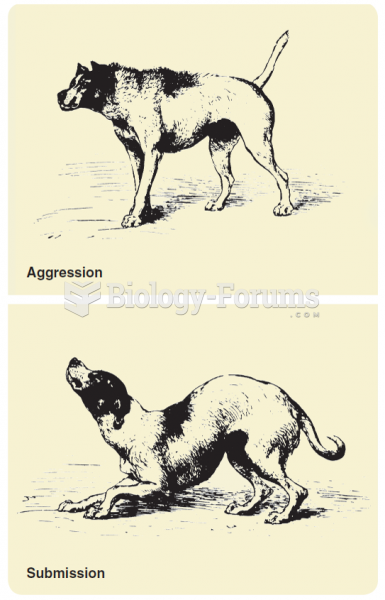(1) Some people believe that keeping animals captive in zoos is cruel because the animals are robbed of living a natural life in the wild. (2) However, for an animal, life in a good zooone that provides both a stimulating habitat similar to the animals' native environment and excellent care for animalsis often far better alternative to life in the wild. (3) For one thing, a zoo animal is provided with daily meals and does not have to endure the constant search for food. (4) In the wild, that animal would spend its every waking moment trying to avoid starvation. (5) In a zoo environment, however, that same animal can spend its days relaxing or romping with its fellow creatures. (6) Second, a zoo animal is safe and protected. (7) In the wilderness, many animals must endure the constant distress of being hunted by humans or other animals or becoming homeless due to destruction of their habitats. (8) In a zoo, this stress is eliminated, and the animals can live more peaceful lives. (9) Third, if an animal does become injured or sick, that animal will not suffer as it would in the wild. (10) Instead, it will receive medical care that will reduce its pain and speed the healing process.
Which of the following sentences does NOT contain a transitional expression that indicates persuasion (reasons)?
A) Sentence 3
B) Sentence 5
C) Sentence 6
D) Sentence 9
Question 2
(1) Some people believe that keeping animals captive in zoos is cruel because the animals are robbed of living a natural life in the wild. (2) However, for an animal, life in a good zooone that provides both a stimulating habitat similar to the animals' native environment and excellent care for animalsis often far better alternative to life in the wild. (3) For one thing, a zoo animal is provided with daily meals and does not have to endure the constant search for food. (4) In the wild, that animal would spend its every waking moment trying to avoid starvation. (5) In a zoo environment, however, that same animal can spend its days relaxing or romping with its fellow creatures. (6) Second, a zoo animal is safe and protected. (7) In the wilderness, many animals must endure the constant distress of being hunted by humans or other animals or becoming homeless due to destruction of their habitats. (8) In a zoo, this stress is eliminated, and the animals can live more peaceful lives. (9) Third, if an animal does become injured or sick, that animal will not suffer as it would in the wild. (10) Instead, it will receive medical care that will reduce its pain and speed the healing process.
How many reasons support the topic sentence?
A) two
B) three
C) four







